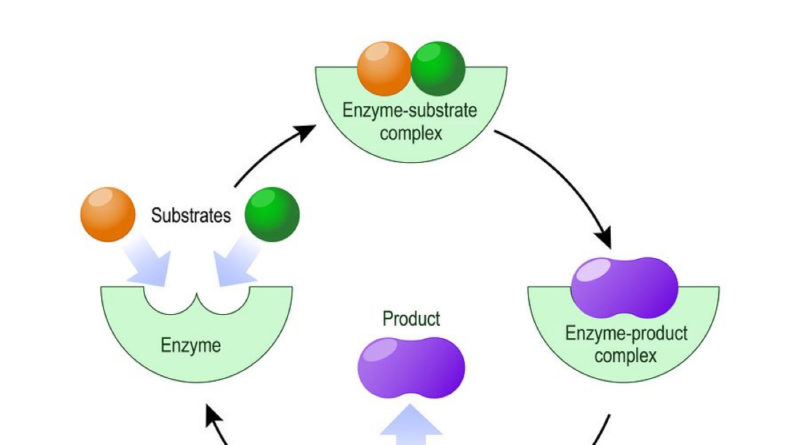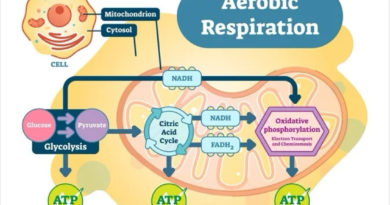Enzyme Inhibition
Enzyme inhibition is the process by which we can inhibit the activity of enzyme. Enzymes play a key role in the metabolic pathways. If any of the enzyme is inhibited i.e. stoped to do its work, entire metabolic pathway may be affected. This is called as enzyme inhibition.
Microorganisms can be poisoned by a variety of chemicals. These chemical mainly inhibit the enzyme in one or more metabolic pathways to stop life processes of organisms. This concept is useful when we made drugs against these microorganisms, to eliminate them from body. Such poisoning can kill the microbes selectively.
Enzyme inhibitors can be divided in two categories, (1) Competitive inhibitor and (2) Non competitive inhibitors.
Competitive Inhibitors
Competitive inhibitors are those chemicals those looks similar to the substrate molecules but cannot be converted to the products from enzyme. These chemicals look similar to substrate and bind at the active site of enzyme, as they are chemically different from substrate, it cannot be converted to the products and entire metabolic pathways may be affected by such inhibitors. These chemicals compete substrate molecules and bind to the active side of enzyme, but do not release from active site as original substrate do. This binding may be permanent which make particular enzyme useless.
Competitive inhibitors are important in the treatment of many microbial diseases. Sulfa drugs like sulfanilamide resemble p-aminobenzoate, a molecule used in the formation of the coenzyme folic acid. The drug compete with p-aminobenzoate for the catalytic site of an enzyme involved in folic acid synthesis. This block the production of folic acid and inhibits bacterial growth. Humans are not harmed because they do not synthesize folic acid but rather obtain it in their diet.
Non Competitive Inhibitors
These inhibitors can also affect the enzyme activity by bind to the enzyme at some location other then active site. This binding of chemical can alter the shape of enzyme and make them inactive for base reaction. These inhibitors are called non competitive inhibitors because they do not competite with substrate molecules, but can bind other sides. Resulting to a new shape of enzyme which make them useless for the substrate and can stop the metabolic pathway.
These inhibitors are called non competitive because they do not directly compete with the substrate.
Heavy metal poisons like mercury frequently are non competitive inhibitors of enzyme.



